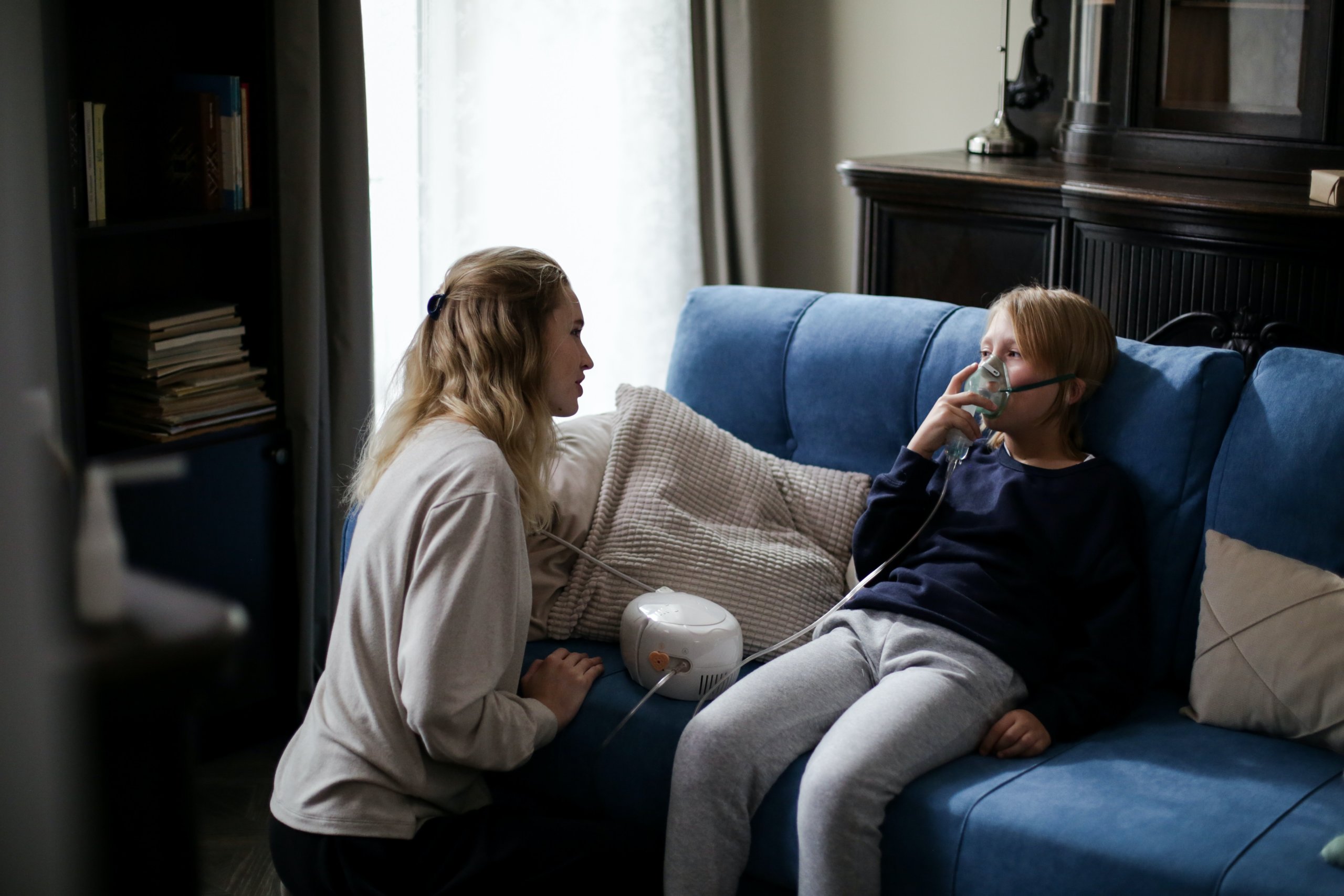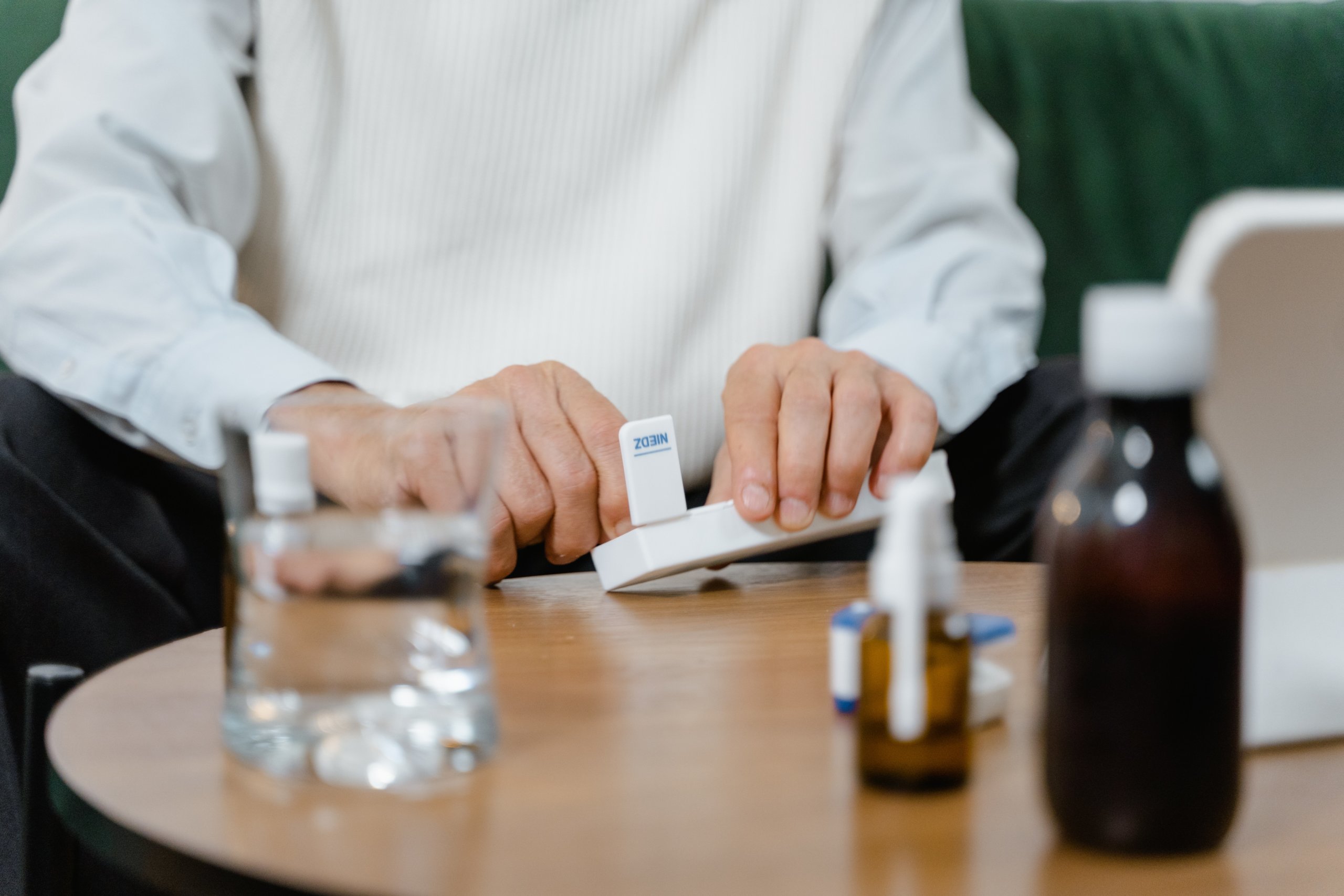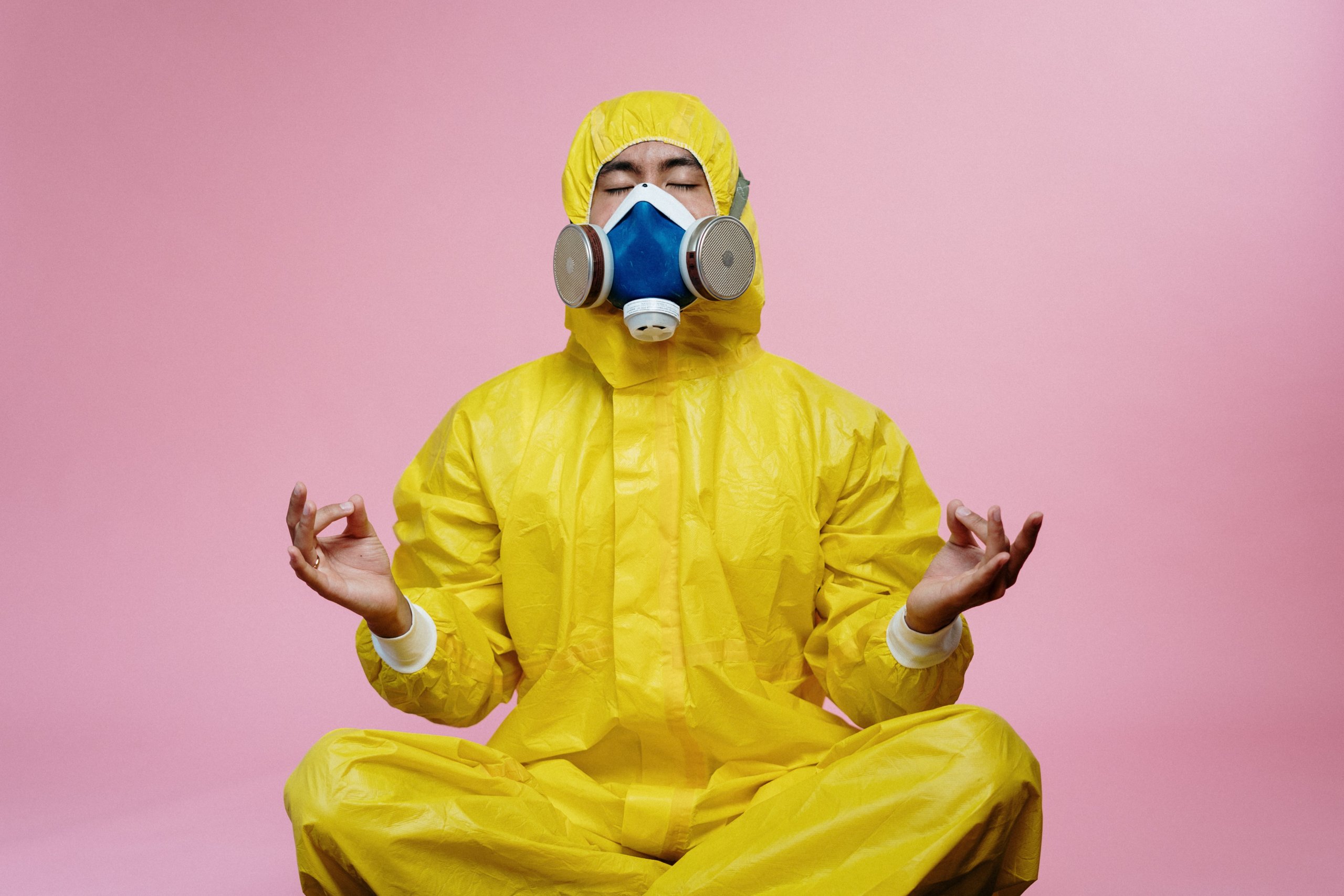 If you ever imagined what a world-threatening crisis would look like, you probably thought it would involve nuclear bombs, global warming, or maybe even aliens. But it turns out that a virus strain never before encountered can turn the world upside down, halting business operations and the global economy for months. This year is going to be marked by the words “social distancing”, “wash your hands”, “six feet apart”, and “wear a mask”.
If you ever imagined what a world-threatening crisis would look like, you probably thought it would involve nuclear bombs, global warming, or maybe even aliens. But it turns out that a virus strain never before encountered can turn the world upside down, halting business operations and the global economy for months. This year is going to be marked by the words “social distancing”, “wash your hands”, “six feet apart”, and “wear a mask”.
Of course, when it comes to tech, drastic times call for innovative measures. Many developers have innovated new artificial intelligence (AI) and Internet of Things (IoT) applications to help combat the coronavirus. Here are some ways that the healthcare industry is benefiting from newly implemented IoT technology.
Disinfecting Around Sick Patients
For hospitals, keeping every surface clean, sanitized, and disinfected takes a lot of time and effort. To prevent hiring more cleaning employees (i.e., putting more workers directly at risk), hospitals are using autonomous robots.
These robots utilize high-intensity ultraviolet light to destroy the virus on the spot, and they can be controlled with a mobile app. Disinfecting robots are working to provide a cleaner environment in the U.S., Italy, and China right now.
Diagnosing Infected Patients
The first step in managing the virus effectively is to diagnose people as infected or non-infected. But with the lack of tests available for the greater population, the Center for Disease Control (CDC) recommended sheltering in place and self-diagnosing symptoms. If and when the symptoms became more severe, the CDC advised people to visit the hospital immediately.
Meanwhile, hospitals and medical centers started offering telehealth services to prevent emergency rooms from becoming overloaded. For Boston-based Partners Healthcare, the number of calls that the center received was overwhelming; although the average wait time wasn’t too long (30 minutes), many callers dropped off during the wait time.
Instead of reaching a person, the fastest solution was to employ chatbots that could answer commonly-asked questions. This freed up medical staff to work on patients in the hospital, and it allowed people at home to get more information without having to listen to a generic song for 30 minutes.

Microsoft worked with Seattle-based Providence St. Joseph Health System to create a chatbot; it helped almost 40,000 patients in its first week.
Tracking Infected People
Tracking patients is the second step in managing the virus. Without knowing when someone came into contact with a confirmed infected patient or a possibly infected patient, it’s difficult to say for certain when the infection began. And with the lack of testing, it’s impossible to keep an eye on how fast the virus is spreading.
Many countries are tracking their citizens to ensure they’re effectively quarantining and staying away from large groups of people. Using IoT and GPS, mobile apps can tell you when you’ve been nearby someone who could cause an infection.
Hong Kong was a leader in tracking patients at the beginning of the coronavirus pandemic; the country began testing passengers at the airport as they were entering the country. Passengers were given a QR code wristband to scan into an app called “StayHome Safe” which tracked their movement.
Drones Pick Up Extra Work
Drones were employed in several countries in innovative ways. In Spain and China, drones monitored the streets and enforced stay-at-home orders.
In South Korea, drones were used to disinfect public spaces. And Chinese medical providers used drones to send medical samples and protective equipment to each other.
Preventing Infections at Home
Knowing they were going to be home for several months, people began upgrading their smart home systems. Using IoT-enabled smart speakers, packages could be grabbed from outside without using doorknobs. Light switches became automated to prevent light switches from becoming little contamination hotspots.
One person asked the delivery driver to drop off his package inside his home, and he opened the door using his phone when the time came.
A study done by Hub Entertainment Research in March showed that smart home devices and smart speaker sales went up by 39% and 42%, respectively.
Creating Smart Hospitals
Wuhan was one of the first places in the world to set up a smart hospital in early March. It combined AI and IoT with robotics to perform a vast array of tasks for hospital employees: disinfecting, checking temperatures, giving food and medicine, entertaining by dancing, and checking up on patients regularly were all handled with robots.

Patients wore a smart ring and bracelet to constantly measure vitals like blood oxygenation, heart rate, and body temperature. Doctors, nurses, and other medical staff were given these devices as well. If any warning signs appeared, the hospital staff was alerted immediately.
One of the smart hospitals in Wuhan can take in almost 20,000 patients if regular hospitals need to house overflow patients.
Working Towards a Healthier Tomorrow
No one knows when we’ll be rid of the coronavirus, and no one knows if it’ll become an annual illness, like the influenza virus. The world is undeniably in a tense, scary state right now. But with innovative technologies like IoT, humanity can save more lives than we could with previous pandemics. Not only this, but tech like IoT also offers us a way to adapt how we live to the times.
What’s the smartest, most useful healthcare innovation you’ve seen during this pandemic? What emerging technologies does it utilize? Let us know in the comments!





